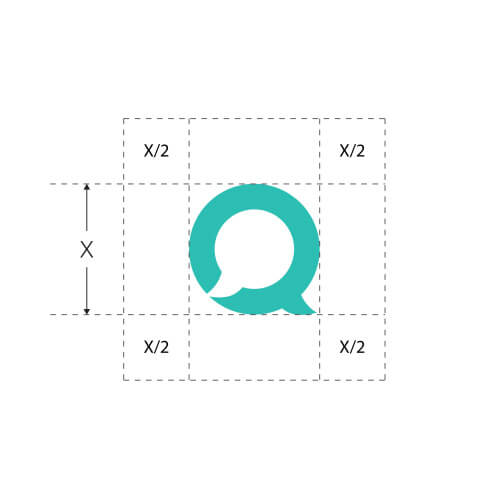
Over the past few weeks at Railyard lab, I’ve gone through insightful learning experiences in the design industry. Particularly, my perception on branding and graphic design. I began to internalize the fact that graphic design requires a lot of detail. Every element, font, letter, punctuation, comes into scrutiny by the designer. Using the programs is one element to design production, but to do it in a way that is proficient is another. I have come to realize that my perception of graphic design has much more depth to it than what I have thought.
Before, when I told people that I want to study architecture, they would respond by saying that “Oh you must be attentive to details or else the buildings you design will fall if, you miss out on the details.” I had that perception in mind, that designing architecture must require much more attentiveness and combines art and science (Than other design industries.) I naively deemed producing “graphics” to be simply “making things pretty”. Thus, when I started out designing posters and pamphlets on my own years back, I didn’t care too much about the production or the detail qualities of the posters so long as they “looked good”, people will be okay with it and would not sweat the details. Coming to Railyard and working through our first project, I felt even more strongly that previous perception was not valid at all. The best graphic/UX designs would have all of the concepts, aesthetics, and execution done extremely well.
In my art and design education, the focus had always been on creating meaningful concepts and working in large scale, such as a housing project, a park design or to solve social issues. It is important to think big picture, but refinement is what will make a difference. Like a famous quote from Mies van der Rohe, “God is in the details.” In art class, a concept can be carried out with a simple execution. Whereas, in the context of the design industry, both meaning and function are critical. Function, is often through exhaustive crafting and refinement.
Creating graphics require a lot of precision. Digital in itself is precise. It is not as fluid as analog and uses less intuition. Though, I think design, in general, encompasses the use of both sides of the brain, intuitive and analytical. The intuition comes at the beginning when helping to generate ideas and concepts, but a successful project requires both execution and ideation. The execution is the science. Moving things, and getting them aligned, and putting everything in order require lots of time and is the execution part of the graphics. Making sure fonts convey the same sense that fits the brand and tweaking the kerning and leading between letters and paragraphs. Now I am much more appreciative of well-made (constructed) things that show the designer cared about what they do to the tiniest detail.
—- Winnie
Published by: Reg Dick in Thought Pieces